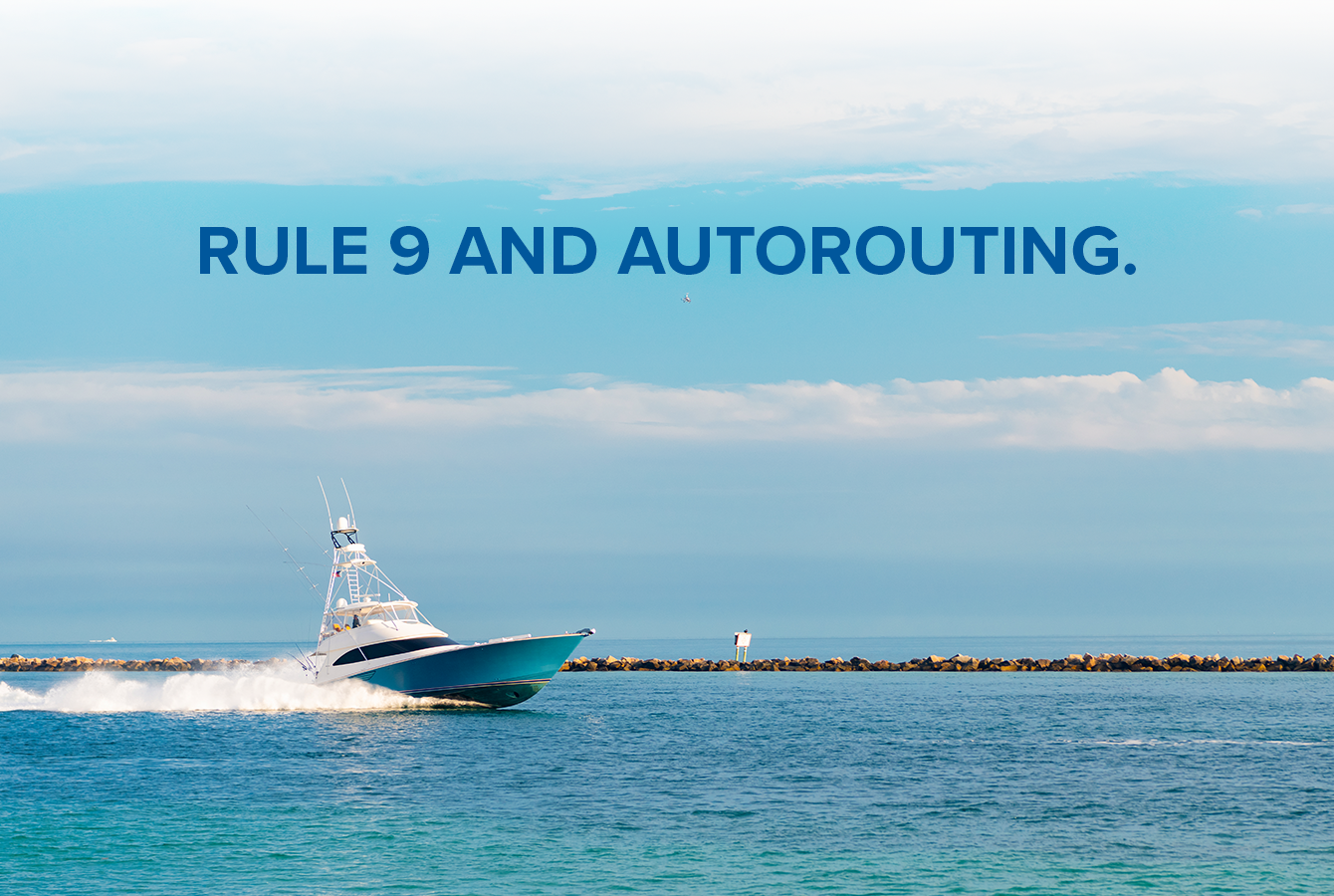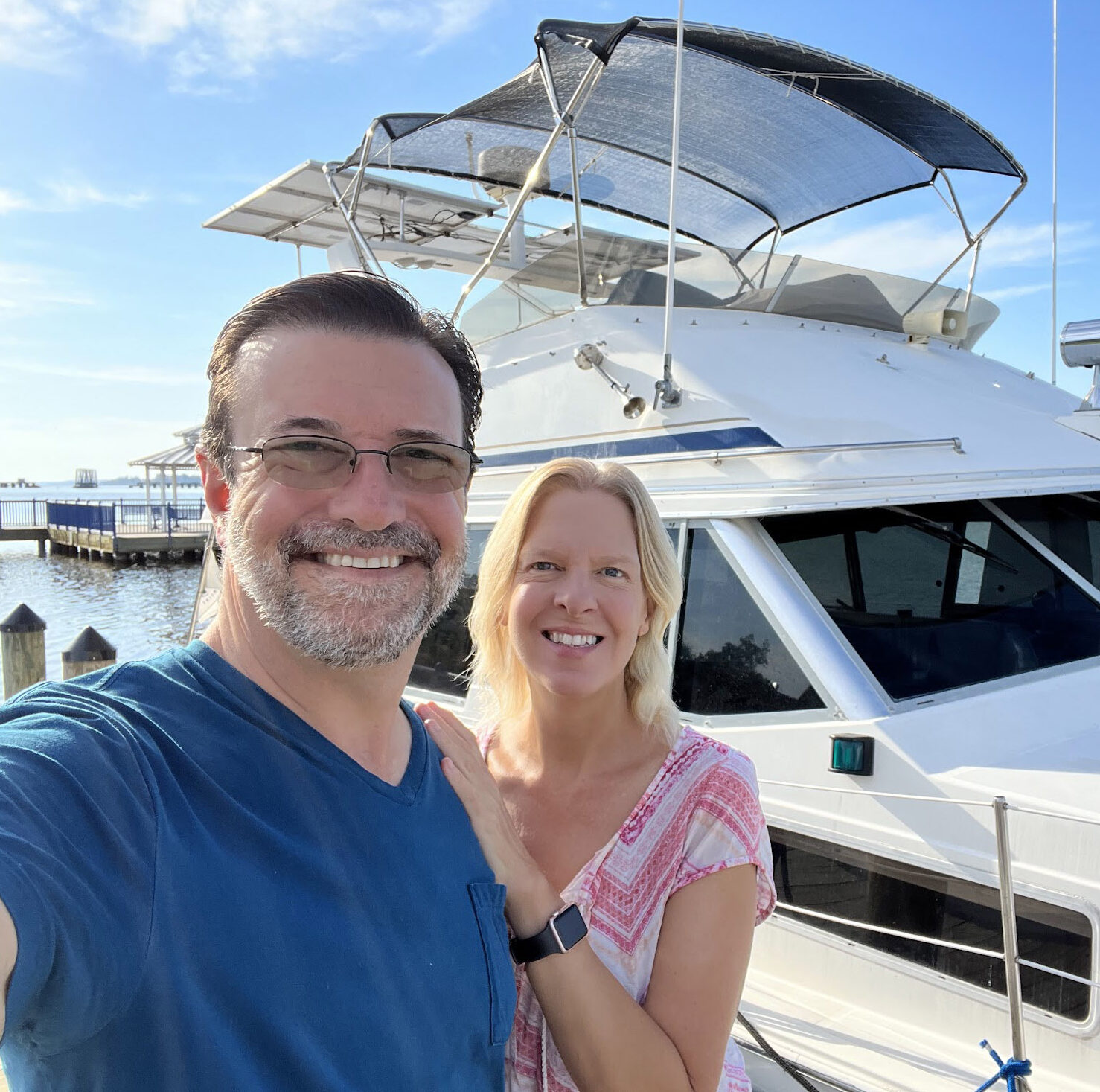Autorouting, Rule 9, and the Importance of Staying Situationally Aware
Technology has made navigation easier than ever. Apps like Argo provide autorouting, helping boaters find efficient paths based on charted depths and known hazards. But just because a route is suggested doesn’t mean it’s always the correct or safe path—especially in narrow channels or areas with significant vessel traffic.
This is where Rule 9 of the Rules of the Road (Both Inland Rules and COLREGS—CONVENTION ON THE INTERNATIONAL REGULATIONS FOR PREVENTING COLLISIONS AT SEA) comes into play, and it’s something every boater using autorouting needs to understand.
Rule 9: The Basics
Rule 9 governs narrow channels and fairways, which are common along the Intracoastal Waterway (ICW), harbors, and rivers. It states:
1. Stay to the right—If you’re in a narrow channel, you should keep as far to starboard as is safe and practical.
2. Don’t impede larger vessels—Vessels under 20 meters (65 feet), sailing vessels, and crossing boats must not obstruct vessels restricted by draft. If a commercial vessel is limited to the channel, it has the right-of-way.
3. Don’t anchor in the channel—It may seem obvious, but it happens more often than you’d think.
While these rules are clear, many boaters still run afoul of them—sometimes because they rely too heavily on autorouting or shared tracks without applying good seamanship.
The Danger of Following a Route Blindly
A prime example of this issue can be seen with Bob423’s Tracks, which are widely used by ICW cruisers. Bob Sherer does an incredible job compiling and refining tracks to help boaters avoid shoals and trouble spots, and his work has saved plenty of boats from running aground. However, following a track without understanding the navigation rules can cause just as many problems as it solves.
Bob even provides a Rules of the Road guide for boaters who use his tracks (linked here), but many users seem to ignore it entirely. As a result, some boaters:
Follow tracks straight down the center of narrow channels instead of staying to starboard.
Cross in front of larger vessels constrained by draft, assuming the track is always the best route.
Fail to adjust for real-time conditions, such as traffic, tides, or shoaling shifts.
The issue isn’t the tracks themselves—it’s how some boaters use them without understanding the rules of navigation (particularly Rule 9).
How This Applies to Autorouting
Autorouting, whether in Argo or other navigation apps, presents similar risks if used without situational awareness. Autorouted paths:
✅ Are based on charted depths and known hazards, but they don’t account for traffic or navigation rules.
✅ May suggest cutting corners or using the center of a channel, which could violate Rule 9.
✅ Won’t tell you when you need to yield to a commercial vessel or another boater with right-of-way.
If you treat an autoroute as an infallible path rather than a suggested guide, you can quickly find yourself in trouble.
Using Argo’s Autorouting Wisely
To get the most out of Argo’s autorouting without violating navigation rules or common sense, follow these best practices:
✅ Use autoroutes as a planning tool, not a strict path. Always review them entirely from end to end for issues or errors before setting out and adjust based on real-world conditions.
✅ Always follow Rule 9 when transiting a narrow channel. Keep to starboard, and don’t block larger vessels. Sometimes you might even find yourself at a full stop outside the channel waiting for larger vessel traffic to clear, and there’s nothing wrong with doing so.
✅ Look ahead for oncoming traffic and obstacles. Autoroutes won’t account for real-time traffic, like a tug-and-barge coming around the bend.
✅ Be ready to deviate if necessary. Just because the autoroute says one thing doesn’t mean you should blindly follow it.
✅ Use your VHF radio to communicate in tight situations. A quick call on Channel 13 can clarify intentions with commercial traffic.
The Bottom Line
Autorouting is an amazing tool, but like Bob’s Tracks, it only works if you apply good seamanship and navigation rules alongside it. Rule 9 exists for a reason—following an autoroute or track down the center of a narrow channel could put you in the path of a vessel that cannot move out of your way.
By staying situationally aware, respecting navigation rules, and using technology as a guide rather than gospel, you’ll be a safer and more responsible boater.
Fair winds and deep water!
###




